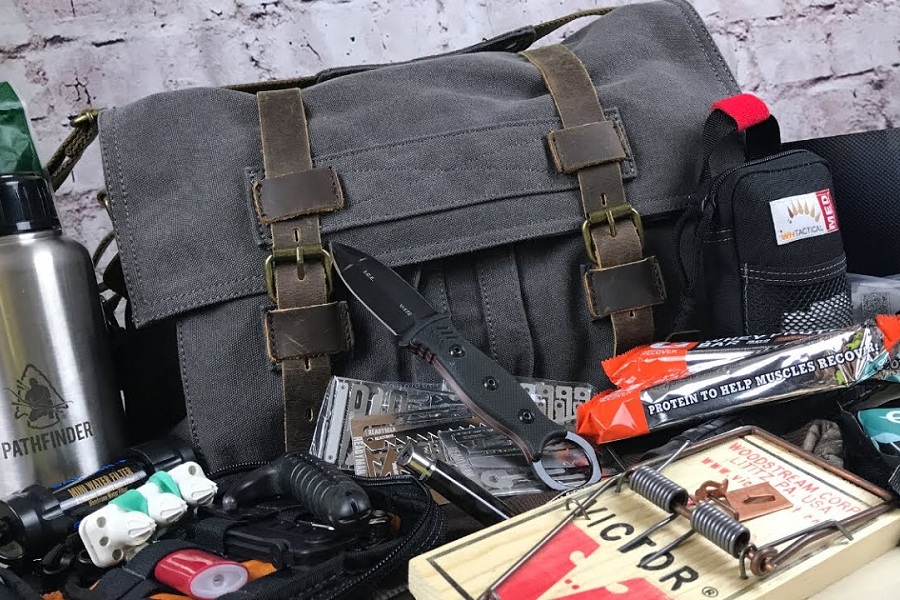A get-home bag is a vital survival bag that you should carry every day when you leave your house for work, meetings, or attending other functions.
This bag’s fundamental motive is to take care of yourself till you safely reach home. This bag can be stored anywhere where it is easy for you to access it.
Contents
Importance Of Get-Home Bag
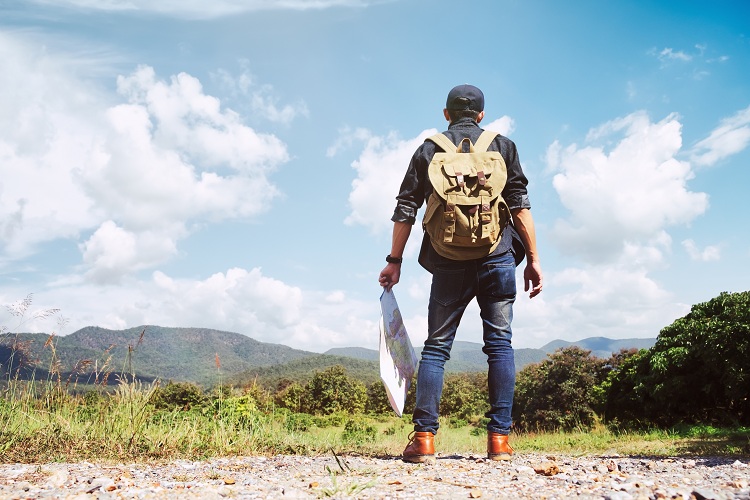
We live in a world where any emergency can happen in a blink of an eye, and you should be well prepared to survive that. An event as simple as a vehicle breakdown can be deadly if the weather is terrible and you are on an unknown path.
You should always consider other events while packing your get-home bag, like severe weather, terrorist attacks, tornadoes, flooding, tsunamis, winter storm, power grid failure, etc.
If in the future you are stuck in any of the situations above, you must have a get-home bag with you so you can reach your home safely without the risk of losing your life.
Get-home Bag Vs Bug-out Bag
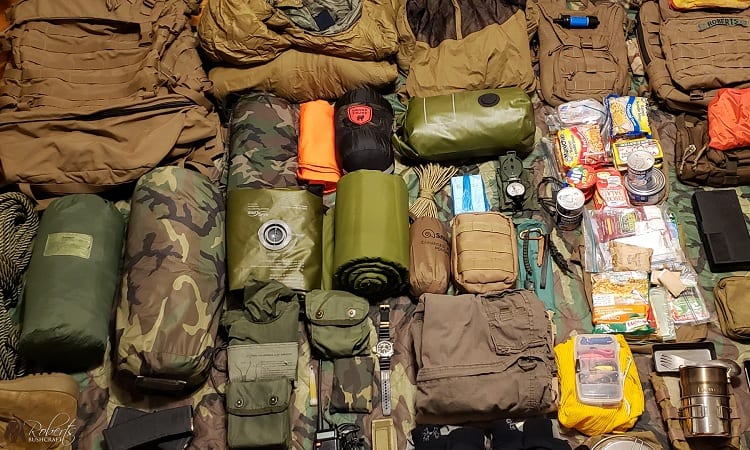
Many people make the mistake of thinking that both of these bags are similar, and you can interchange the items and use the bags on both occasions.
You should always keep your get-home bag and your bug-out bag different. A get-home bag has survival items for a shorter period, while a bug-out bag has things that will help you sustain and survive for many days.
Your bug-out bag has many first aid survival items, but GHB has few essential items. GHB should be light and easily movable in your day-to-day life, unlike a bug-out bag.
This bag is very elaborate as you will have to reach a destination and survive there, but you have to pack things lightly for a get-home bag.
Consider adding essentials just for your office’s travel (mainly) and any outdoor spot to your house.
Some people even call it an urban get-home bag as most people work and spend a lot of their time in the office.
Essential Items You Must Pack In Get Home Bag
The below list is not exhaustive, but you should strive to add all of these items in your bag for an ultimate get-home bag. You can change, remove, alter or add other things according to your choice.
The contents of your GHB will differ if you have a specific scenario on your mind or according to your location, route, situation, and level of preparedness.
Water
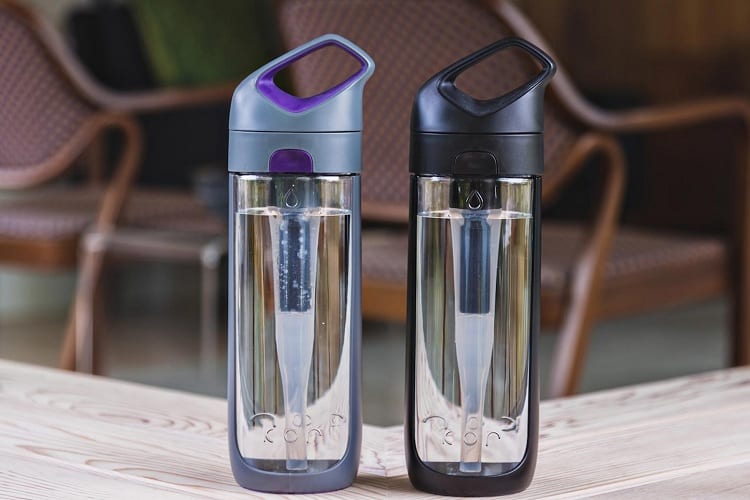
This bag should have a suitable water container that you can quickly fill as water is crucial. Carry a big bottle containing a lot of water. Avoid carrying disposable plastic bottles.
Another thing to keep in your get-home bag is a water filter.
You can either invest in a water filter straw or an attachable filter on your bottle. Chances of you finding water anywhere are high, but the chances of finding clean water are meager. Water filters would solve this gap quickly.
Food
The ideal food to carry in a get-home bag is any kind of dry food. Do not think of including elaborate meal plans as you will not have the time to prepare them.
MRE packs will be a good option, but they need warm water.
If you do not have access to warm water, these meals will not be of any use. Dry granola bars are your perfect food options as they are calorie-rich and do not require cooking. Keep a small bag of dried fruits for snacks.
Fire
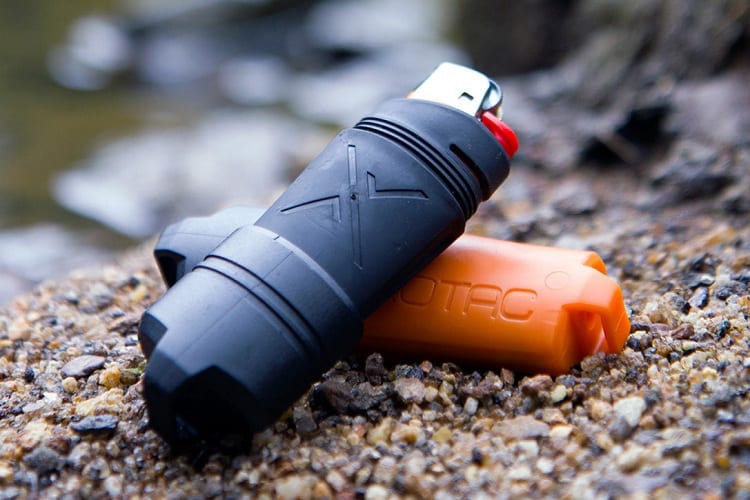
If you are in a freezing place, you will need fire to keep you warm. Fire will dry out your clothes and help you stay safe even if your route requires you to stay over the night. Keep a BIC lighter for starting a fire.
Buying fire starters can be another good option. A simple cotton ball dipped in petroleum jelly will work as a great fire starter.
Shelter
It is always a good idea to think of shelter even if you do not plan on sheltering. Carry an ultra-lightweight tarp. You can use the trap to make a lightweight shelter canopy for emergencies.
You can also use the tarp sheet to cover the ground and act as rain protection.
First aid kit
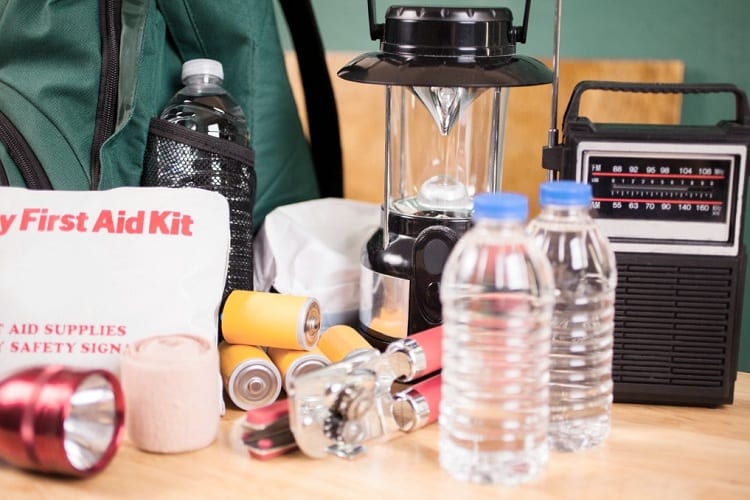
You do not need to carry many first aid kit items but have a sewing kit so you can stitch your wounds, clothes, and shelter. A tiny bottle of quick glue will help seal shut the wound.
Few bandages, gauze, prescription tablets, pain relievers, chafing ointment, anti-bacterial liquid, and hand sanitizer will be a good start first aid kit for your GHB.
Clothing and boots
Your office clothes will not be the best clothes to survive emergencies. It would be best to have a good coat to stay warm as the temperature can drop suddenly during nighttime.
A good comfortable pair of shoes will make it so much easier to survive. If you cannot fit thick wool-lined hiking shoes, at least add tennis shoes to stay comfortable.
Cash

Please do not rely on digital currency; they are futile during grid downs and emergencies. A little chunk of money will help you in so many ways.
Consider adding some money in your get-home bag but cover it with plastic, so it stays safe.
Emergency Mylar blankets
These blankets are incredibly lightweight, cheap, and effective against cold. Add one blanket so you can use it as a cover to trap your body heat.
Multi-tool

Your desired multi-tool should have a solid, sharp knife blade, pliers, saw blade, wire cutters, and cross point drivers. Invest in a good quality tool that will not give up on you during emergency times.
It is a fine idea to carry a different knife. Your devices will come in handy on various occasions, so do not consider skipping this.
Self-defense items
Self-defense items will save your life if you encounter a predator, thief, or wild animal. You can carry a self-defense gun if you have a gun license. Carrying a pepper spray or taser is another excellent idea.
These items are perfectly safe to carry in your bag. Before you add these items, make sure to look at your laws and carrying instructions, so you do not face any legal issues.
Paper map and compass
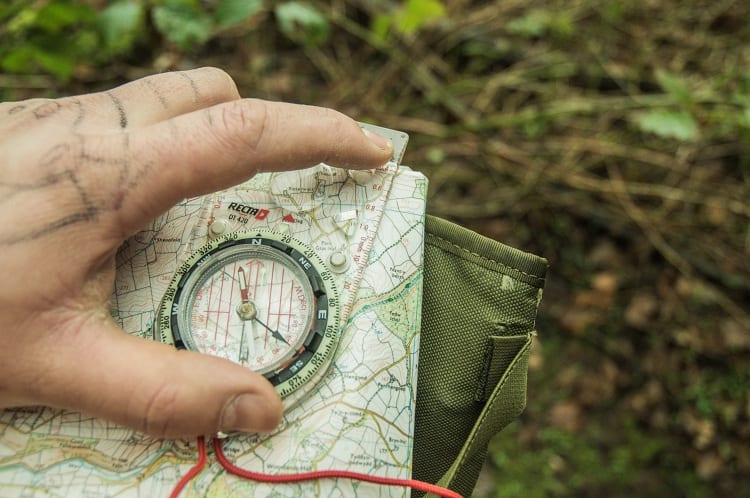
You might feel why this is necessary, but what if the situation calls to enter the city through the woods or hiking 60 miles outside to reach home safely?
In such cases having a paper map that has all the routes printed will be your best guide. A compass will give good directions and help keep you on track.
Flashlight
A flashlight with an excellent battery will make you feel confident walking in the dark. This flashlight will be a perfect signaling device too.
Emergency radio
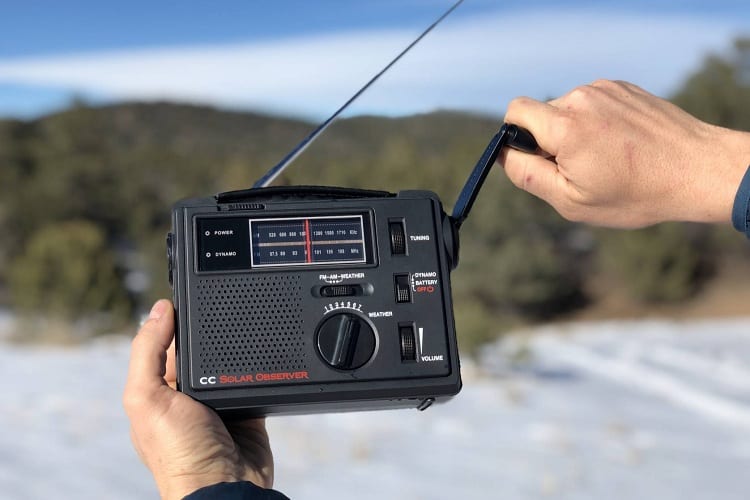
You have to stay updated, so you need to carry an emergency radio to make you aware of the situation. Your cell phone tower might not work; you need this emergency radio solely for news purposes.
Some additional items to include in your bag
You can add paracord, pencil and paper, hygiene items, signal mirror, whistle, insect repellent, sunscreen, dust mask, and gloves.
Items You Must Avoid Including In Your Get Home Bag
- Oversized bulky items that will be heavy for you to carry around. The bag should be as light as it can be and should not look like a survival bag; it will stick out like a sore thumb in day-to-day life, and your chances of getting that bag stolen also increase.
- You should avoid foods that require prep and cooking in a GHB.
- One should not include 3 4 pairs of clothes in these bags.
- You should avoid fragile items and anything related to glass at all times.
Packing Considerations
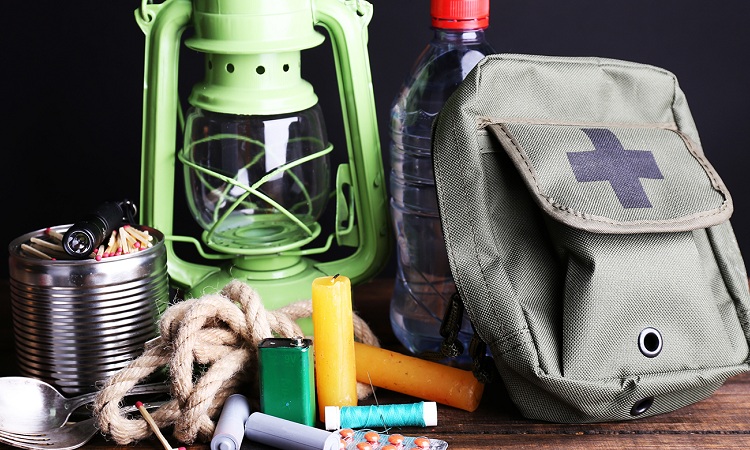
- It would be best to consider the nominal distance of your daily route. This calculation will help you determine the size of the bag you should pack.
- Look out for factors like your age and fitness level. If you are anywhere around 50, make sure to keep the bag as light as you can. Only extreme emergency things will get in your bag. If you are fit and healthy, consider making a bag that might help other people along with you. Few extra items will help save other people’s lives.
- Keep in mind your ailments and health conditions. Pack an extra bottle of your regular medications. If you have issues with your shoulder, then try buying a bag that has wheels on it. What matters is your comfort and safety. It should be a completely personalized bag.
- Waterproof materials that will get ruined in the rain. You can use Ziploc bags or Tupperware containers for that. It would help if you stored your extra socks and maps in Tupperware containers.
Test test test!
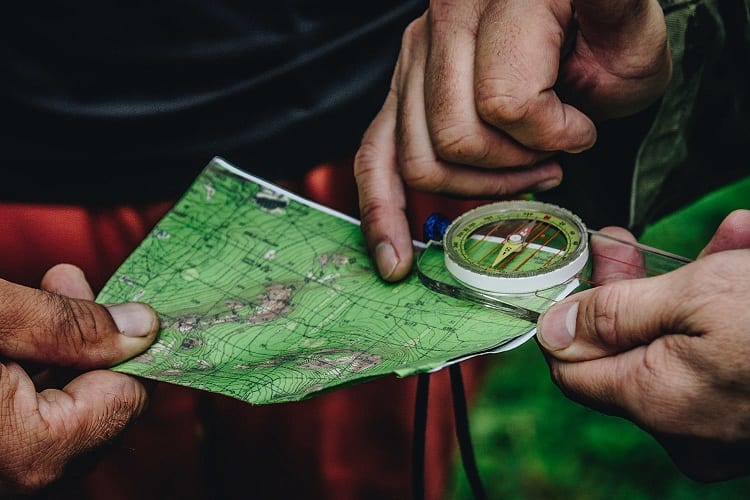
You won’t be saved when you put together a GHB. You need to test your bag to see if you can use it to survive the emergency. You can try creating an SHFT situation during your lunch hour or while returning home.
Take unknown routes and mark your map for future reference. If this is your first time making a get-home bag, you should keep testing it till you are comfortable with the whole process.
After you know the entire process, you can try testing every few months. You should test it every few months to see your capacity to hold and carry the items, especially if you are above 45 years.
At the end of each test, try asking these questions to improve your bag’s efficiency.
- What were some unexpected obstacles that you encounter during the drill?
- How long did it take to reach your home safely?
- What items can you add to reduce weight, and what to add into your bag?
- What more could you improve?
Where Should You Keep Your Get Home Bag?
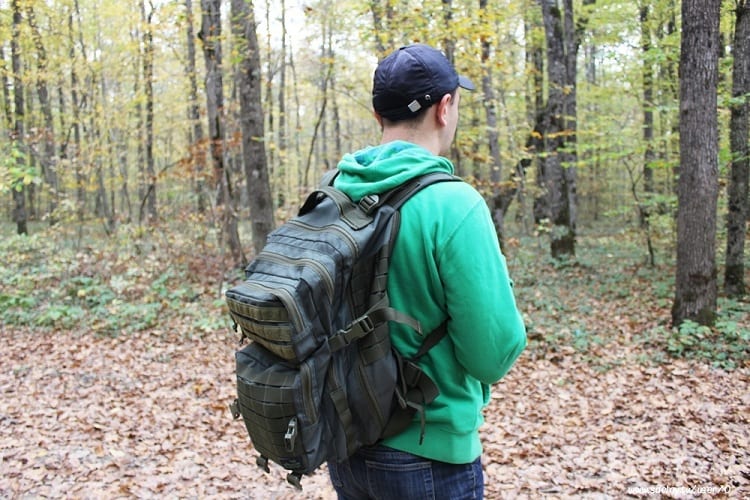
Few people decide to carry their get-home bags every day with them. They choose a bag that looks functional, which they can carry every day.
If you feel that is not a feasible option, and you never leave your house without your car, then, by all means, store your get-home bag in the trunk of your vehicle.
As it will be in the car, make sure to keep checking on this bag every few weeks to see if all the items are working and fit to use or not.
If your office complex has complex parking and you feel that it will be a waste of time to get your car to reach home, you can store your bag in your cabin.
Store your get-home bag in a cool and dry place. You can keep the bag wherever you want; just make sure it is very easily accessible during emergencies.
Will Get Home Bag Keep You Safe In The Woods?
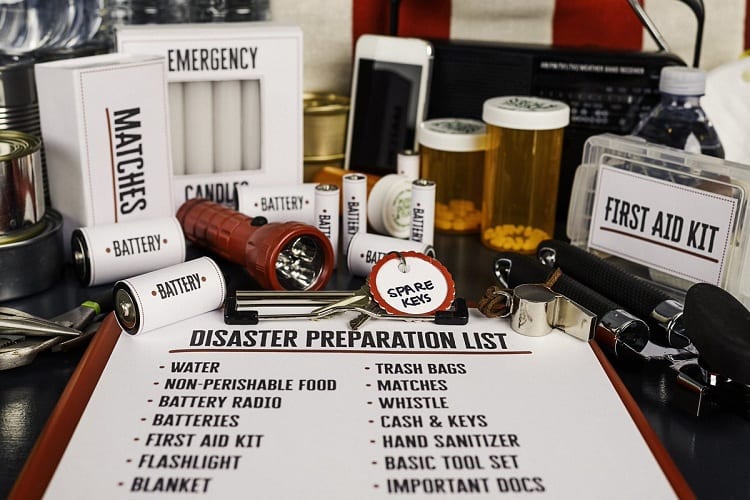
No, this bag will not keep you safe in the woods. Get-home bags are designed and made to help you reach your home from one destination.
If your work route has a road through the woods, we recommend that you add few more items that will help you survive in the forest.
Additional Tips To Remember
- Try to keep your get-home bag under 40 pounds if you are a healthy and fit young person.
- Add mini things of the items mentioned above—a button compass, mini foldable knife, and so on.
- Do not forget to change water and food regularly.
- Buy a bag with a hip belt if you have back issues. This type of bag will transfer the weight to the hip region, and your back will not have strain.
Conclusion
That is it for this quick guide; we hope this article on get-home bags sparked an interest within you. Use the list of the essential items, and do not forget all the extra tips and questions that we have provided.
All the best for your get-home bag packing session!
Resources:

